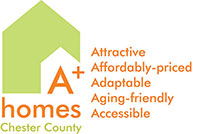Low Density
Stacked
Quadplex / Fourplex / Quadraplex
Form: Four connected units. Units typically have two units on the first floor with two units stacked on top. Entrances can be shared or external. From the outside quadplexes can resemble a small apartment building or large single-family home.
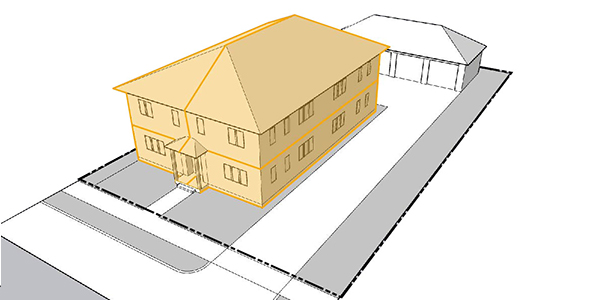
Local presence: Chester County has many quadplexes, primarily located in the boroughs.
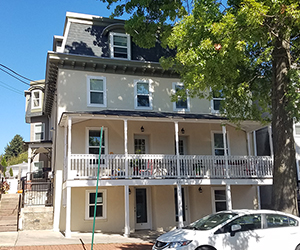
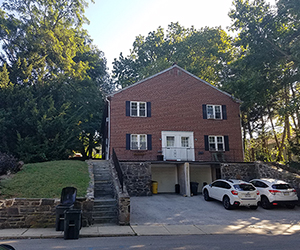
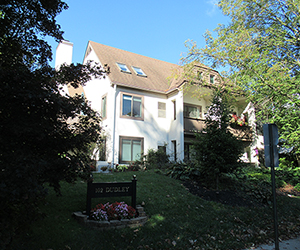
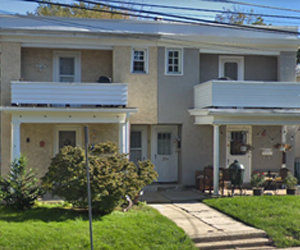
Zoning considerations: Quadplexes can be individually defined and regulated or defined together with other stacked units. Identifying quadplexes as a unique development form can allow municipalities to encourage quadplex development in zones where they would be the most appropriately sized units. Grouping quadplexes in definitions with other missing middle housing types may result in the construction of fewer larger units or greater units than are appropriate for the neighborhood. Municipalities will need to consider height, lot size, setbacks, and parking. Appropriately-scaled maximum building sizes can assist to ensure quadplexes remain consistent with existing neighborhood development and encourage more affordably-priced missing middle units. Additionally, municipalities may want to require individual sewage hookups and construction of sidewalks for new units. Maintaining parking in the rear and discouraging uninterrupted front facing walls can encourage attractive units in conformity with existing neighborhoods.
Zoning ordinance examples
- Modena Borough: Defines quadraplexes under the definition of multiplexes and allows them by-right in R-3 and R-4 residential districts.
- Phoenixville Borough: Does not specifically define quadplexes but includes dwelling units of two or more units under the definition of multi-family dwellings and allows them by-right in RI (Residential Infill), TC (Town Center), NC (Neighborhood Center), CD (Corridor Development), and MG (Mixed Use Growth) zones.


